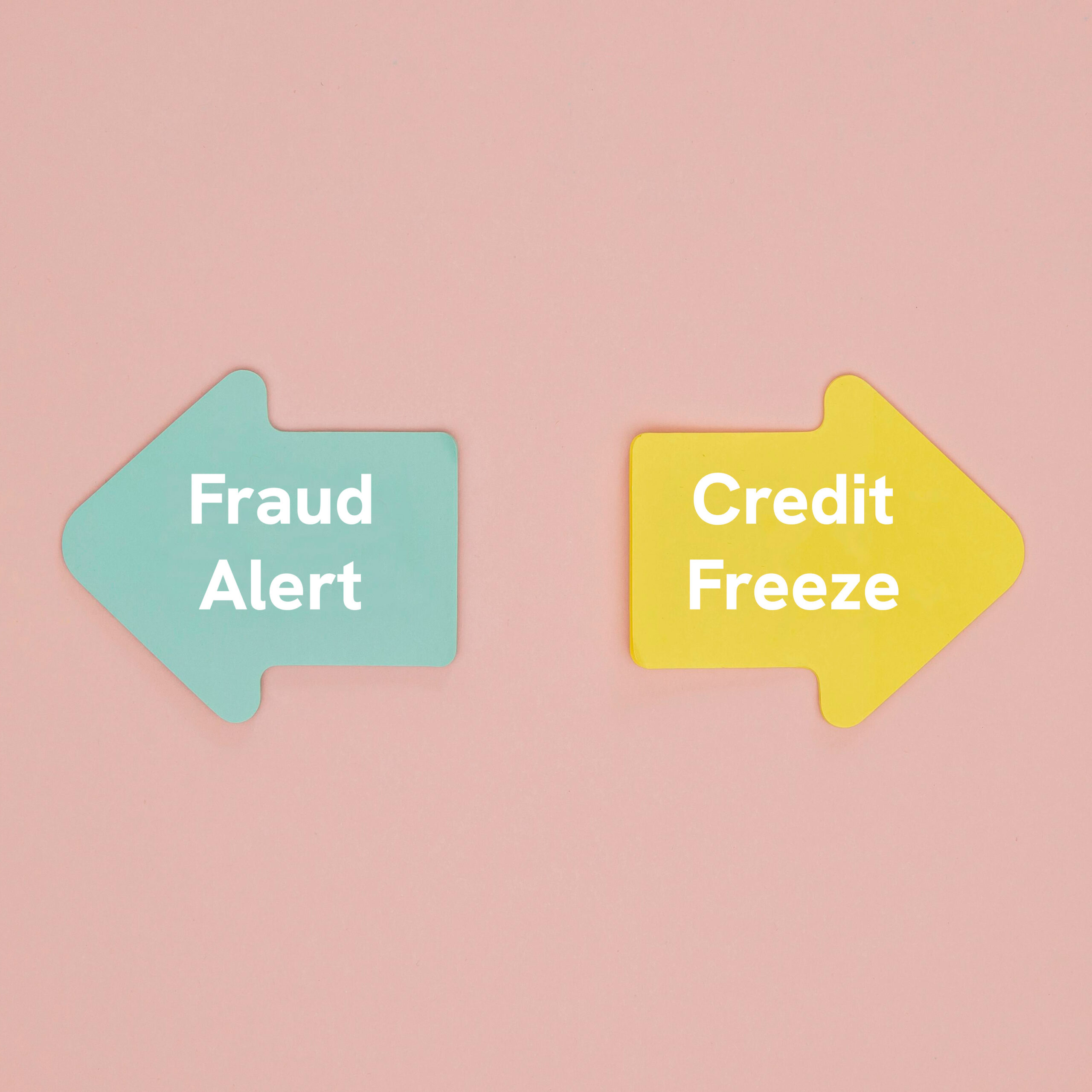How to Choose the Right Home...

Protecting Seniors from Financial Abuse
Protecting Seniors from Financial Abuse
Family Finances | Fraud

Financial exploitation of older Americans is a growing crime in the US. Fraudsters are targeting people of all ages, but 5% of seniors become the victim of financial fraud yearly.
What is Elder Financial Exploitation?
Elder financial exploitation is the fastest-growing form of elder abuse. It is defined as the illegal, unauthorized, or improper use of an older person’s funds, property, or assets. Financial abuse can take many forms, including identity theft, use of debit or credit cards, lottery scams, telemarketing or internet scams, or abuse of power of attorney. Seniors lose at least $2.6 Billion a year due to financial abuse – and possibly more due to unreported cases.
How to protect Yourself
Preventing elder abuse can be difficult, especially since it can come from multiple sources. It is important for seniors to protect themselves by making sure financial records are organized and being aware of how much money is in all of their accounts. In event they are unable to care for themselves or become incapacitated, elders should protect their assets by talking to someone at their bank, an attorney, or a financial advisor to discuss and plan, to ensure their wishes for how their money is managed and property is cared for is followed.
Tips for Seniors
- Carefully choose a trustworthy person, whether it’s a family member, financial advisor, or lawyer, to share your financial planning or accounts with if you are unable to do so yourself.
- Ensure all sensitive information, such as checkbooks, account statements, and more, are locked up.
- Regularly check your credit report to review for suspicious activity. (With an idLock Checking account, you qualify for regular credit reports and scores.)
- Never pay a fee or taxes to collect a prize or winning.
- Unless you’ve initiated the call, never provide personal information, including your Social Security number, account numbers, or other financial information.
- Never rush into a financial decision. Consult with a financial advisor or attorney before signing any documents or making any major financial decisions.
- Always check references and credentials before hiring anyone. Don’t allow anyone, but your trustworthy person access to any information about your finances.
- Keep a paper trail, pay with credit cards, or keep notes of your checks and cash payments.
Tips for Family and Friends
There are many scams and fraudsters that attempt to get bank account information and personal information from the elderly to steal their identity or money. Be on the lookout for signs of possible financial abuse, including:
- Unexplained account withdrawals
- Sudden non-sufficient fund activity or unpaid bills
- Another individual unexpectedly making financial decisions on the older person’s behalf
- Disappearance of valuable possessions
- Unanticipated transfer of assets to another individual
- Sudden changes to a will or other important financial documents
- Suspicious signatures on checks
- Suspicious or out of character ATM withdrawals
What should I do if I suspect elder financial abuse?
First, trust your instincts. Exploiters are very skilled and can be charming and forceful in their effort to convince you to fall for their scam and handover your personal or financial information. Don’t be fooled – if something doesn’t feel right, it may not be right.
If you suspect elder financial abuse, talk to the victim to determine what is happening and who is involved. For instance, you’ll want to know if there is a new person in their life who is helping them manage their finances or if they’ve downloaded new software on their computer because someone told them it needed updated.
Once you’ve figured out what is happening, report elder financial exploitation.
- Report it to their bank
- Call 1-866-623-2137 (toll-free helpline)
- Email: [email protected]
- Submit a Senior Protection Complaint with the Attorney General’s Office
For more information on elder financial abuse, visit:
Protecting older adults from fraud and financial exploitation
The content provided in this blog is for informational purposes only. Nothing stated is to be construed as financial or legal advice. Some products not offered by JVB. JVB does not endorse any third parties, including, but not limited to, referenced individuals, companies, organizations, products, blogs, or websites. JVB does not warrant any advice provided by third parties. JVB does not guarantee the accuracy or completeness of the information provided by third parties. JVB recommends that you seek the advice of a qualified financial, tax, legal, or other professional if you have questions.
Related Articles
How to Choose the Right Home for You
How Changes in Life Can Save You Money
How Changes in Your LIfe Can...
Roth IRA vs. Traditional IRA: Which is Right for You?
Roth IRA vs Traditional IRA:...






















